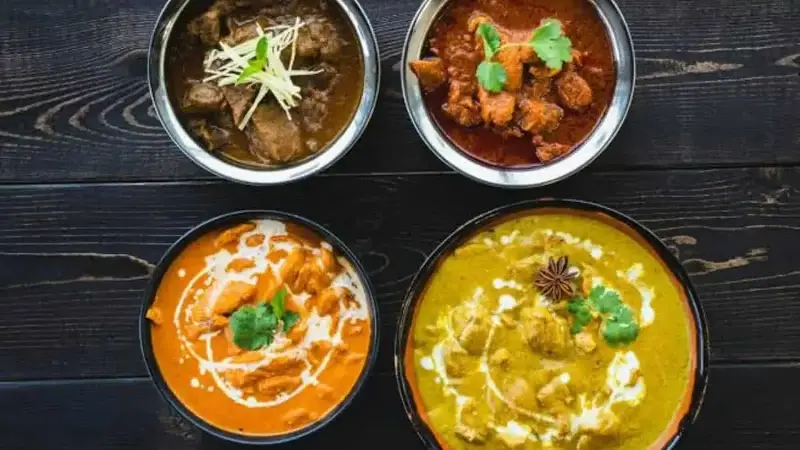
In most Punjabi kitchens, the flavour begins with the masala. This is where the base of every curry, korma, or sabzi develops. Traditionally, these mixtures were ground by hand using a sil-batta, a process that required both time and patience. In modern homes, however, a reliable mixer-grinder such as one from Usha has made the preparation of these aromatic blends much simpler. The essential method remains the same, but the pace of everyday life has changed. What remains unchanged is the importance of the masala itself; the heart of Punjabi cooking that defines its character and fragrance. From a smooth tomato base to a nut-laced gravy, the consistency and texture achieved through proper grinding determine how the final dish takes shape.
1. The Basic Onion-Tomato Masala
This is the most common and versatile base used in Punjabi gravies. It begins with onions, tomatoes, ginger, and garlic, all ground to a smooth paste. The mixer-grinder allows this mixture to come together evenly without leaving any lumps of onion or tomato that would otherwise alter the texture. Once blended, this paste can be cooked in oil until it deepens in colour and develops a hint of sweetness from the caramelised onions. It forms the starting point for dishes such as rajma, chole, and paneer masala. For home cooks, storing this masala in small portions can make weekday cooking faster. The key lies in ensuring that the grinder runs in short intervals, keeping the paste thick and not watery. When properly cooked, it becomes the base upon which most everyday Punjabi curries stand.

Image credit: Freepik
2. Cashew And Cream Gravy Base
This base is often associated with festive meals or special dishes served to guests. A mixture of soaked cashews, cream, and a few pieces of melon seed can be blended into a smooth, white paste using the mixer-grinder. It forms the foundation for dishes such as shahi paneer, malai kofta, and navratan korma. The grinding must be done patiently to achieve a fine consistency, as even small particles of nut can affect the texture of the final gravy. The creaminess of this base gives a dish a fuller body, and when combined with sautéed onions or a hint of cardamom, it develops an elegant flavour. Home cooks often find that preparing this base fresh each time enhances the dish’s aroma. Once blended, it should be added to the pan only after the initial spices are cooked, allowing the gravy to absorb the seasonings properly.
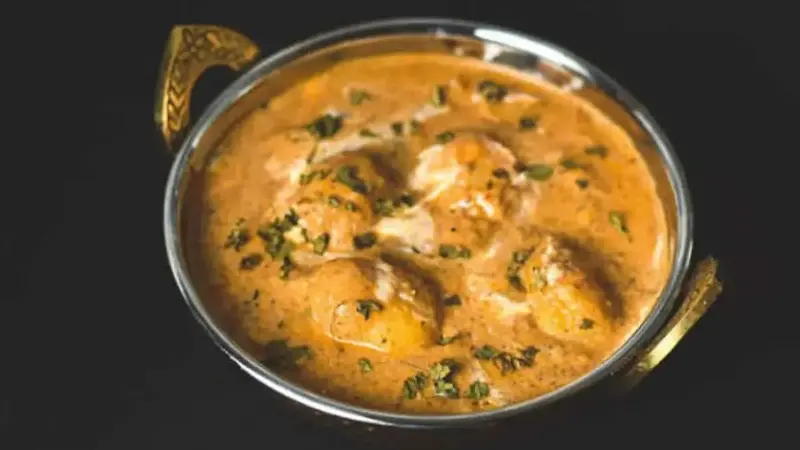
Image credit: Freepik
If you don’t have Usha’s Colt Prime Mixer Grinder, Shop Now
.
3. Mustard And Spice Masala for Sarson Dishes
The mustard-based masala holds a strong place in Punjabi food traditions, particularly in winter. Fresh mustard leaves, spinach, and bathua are ground together with ginger, garlic, and a few green chillies into a thick, green paste. A mixer-grinder allows these greens to blend smoothly while retaining their natural colour. This masala forms the base for sarson da saag and similar regional dishes that rely on earthy flavours. The grinding process needs attention because mustard leaves contain fibres that can make the mixture coarse. Using short pulses in the grinder and adding minimal water helps maintain the right texture. Once cooked with makki atta and tempered with ghee, this masala becomes a wholesome gravy, often paired with parathas or roti. The strong aroma of mustard and garlic defines the essence of this preparation and reflects the agricultural roots of Punjab’s cuisine.
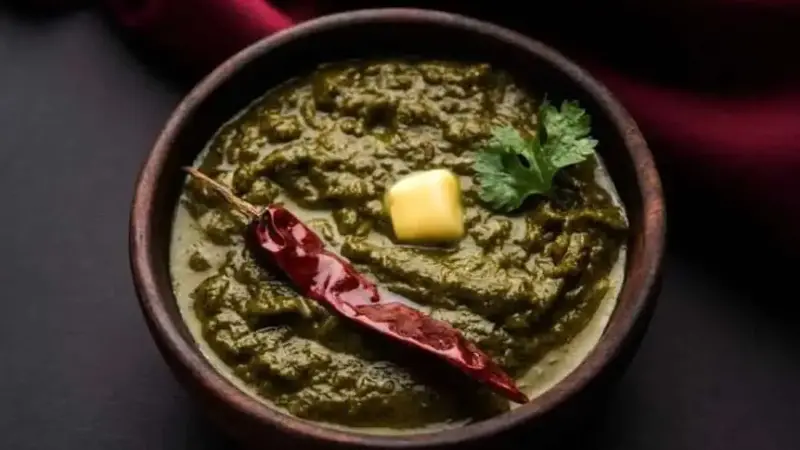
Image credit: Freepik
Also read: Punjabi Curry Bases Made Quicker In A Food Processor
4. Black Pepper And Onion Masala for Meat Dishes
Many Punjabi non-vegetarian dishes rely on robust spice mixes, where black pepper, cloves, and coriander form the core. A paste of browned onions, garlic, and whole spices can be blended into a thick masala that serves as the base for mutton curry or chicken curry. Grinding the cooked onions rather than raw ones helps achieve a richer, darker paste. This method also prevents the masala from turning bitter. The black pepper adds warmth without sharpness, creating a flavour profile that suits slow-cooked gravies. Preparing this masala in advance allows the spices to develop a deeper note when simmered with the meat. For cooks seeking precision, the grinding should produce a dense paste that can cling to the meat and blend well with the oil during cooking. This type of masala captures the older culinary habits of Punjab, where spice was used for strength rather than mere heat.
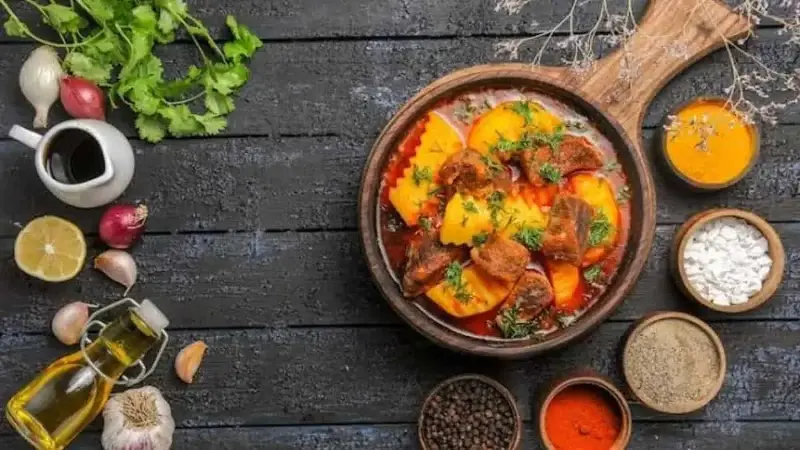
Image credit: Freepik
5. Besan And Yoghurt Gravy Base For Kadhi
Among vegetarian preparations, kadhi stands apart for its tangy and comforting flavour. The gravy relies on a base of yoghurt and besan (gram flour), blended together in a mixer-grinder until completely smooth. This ensures that no lumps of flour remain when the mixture is cooked. The consistency of the batter-like liquid determines how the kadhi will thicken. To this mixture, turmeric and salt are added, and it is then simmered slowly. The masala element comes through the tadka of cumin, fenugreek seeds, and dried red chillies that is added at the end. A mixer-grinder helps achieve uniform blending of the besan and curd, which is important for the final texture. The result is a simple yet layered gravy that forms an essential part of Punjabi home-style meals.
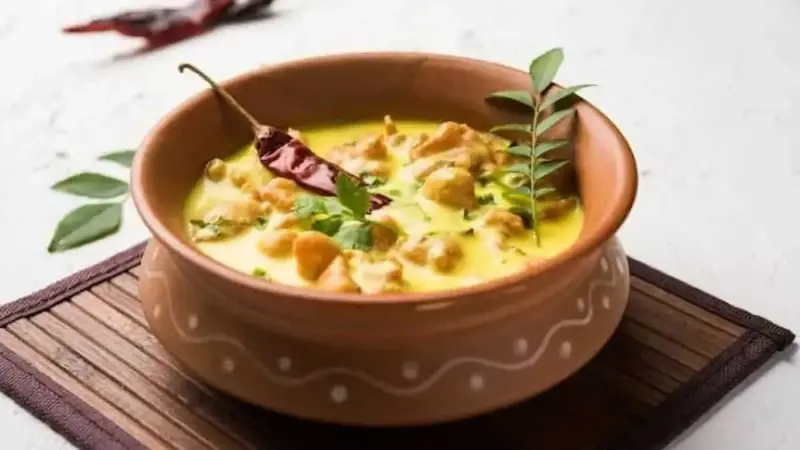
Image credit: Freepik
6. Palak Gravy Base
The palak, or spinach, gravy base offers a lighter and more nutritious foundation often used for dishes like palak paneer or palak corn curry. Fresh spinach leaves are blanched briefly and then blended with green chillies, garlic, and a few coriander leaves into a smooth green paste. The mixer-grinder helps preserve the colour while achieving an even texture. The paste must be ground without too much water, as excess moisture can make the gravy thin. Once prepared, it can be cooked with cumin and onion before adding paneer or other vegetables. The natural earthiness of the spinach combines well with the mild sharpness of garlic, creating a balanced, grounded flavour. The base can also be modified with cream or butter for a more indulgent finish, or kept simple with just a touch of ghee. Its versatility makes it a common choice for both everyday meals and festive spreads.

Image credit: Freepik

